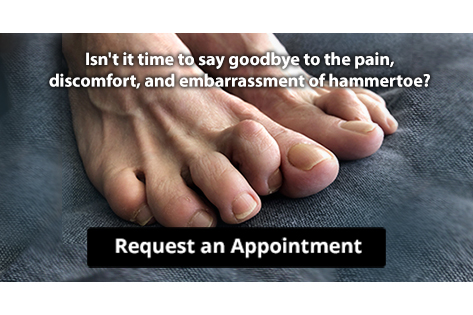 Dry, cracked heels can be not only annoying and unsightly, but also painful. The biggest cause of cracked heels is skin dehydration. The skin on the bottom of the feet tends to lose moisture easily. This can occur from a variety of factors, such as exposure to dry indoor heating, cold weather and from wearing shoes that do not protect the back of the foot. Once the feet become dehydrated, the skin can become rough and thick, forming calluses to protect the heel. Over time, the calluses can crack, and can cause discomfort, pain, and even infection. If you notice that your heels are dry, cracked, itchy, tender, or discolored, it is suggested that you seek the care of a podiatrist.
Dry, cracked heels can be not only annoying and unsightly, but also painful. The biggest cause of cracked heels is skin dehydration. The skin on the bottom of the feet tends to lose moisture easily. This can occur from a variety of factors, such as exposure to dry indoor heating, cold weather and from wearing shoes that do not protect the back of the foot. Once the feet become dehydrated, the skin can become rough and thick, forming calluses to protect the heel. Over time, the calluses can crack, and can cause discomfort, pain, and even infection. If you notice that your heels are dry, cracked, itchy, tender, or discolored, it is suggested that you seek the care of a podiatrist.
Cracked heels are unsightly and can cause further damage to your shoes and feet. If you have any concerns, contact one of our podiatrists from Foot and Ankle Clinics, PA. Our doctors can provide the care you need to keep you pain-free and on your feet.
Cracked Heels
Cracked heels appear unappealing and can make it harder for you walk around in sandals. Aside from looking unpleasant, cracked heels can also tear stockings, socks, and wear out your shoes. There are several methods to help restore a cracked heel and prevent further damage.
How Do You Get Them?
Dry skin is the number one culprit in creating cracked heels. Many athletes, walkers, joggers, and even swimmers suffer from cracked heels. Age and skin oil production play a role to getting cracked heels as well.
Promote Healing
Over the counter medicines can help, especially for those that need instant relief or who suffer from chronic dry feet.
Wear Socks – Wearing socks with medicated creams helps lock in moisture.
Moisturizers – Applying both day and night will help alleviate dryness which causes cracking.
Pumice Stones – These exfoliate and remove dead skin, which allows for smoother moisturizer application and better absorption into the skin.
Change in Diet
Eating healthy with a well-balanced diet will give the skin a fresh and radiant look. Your body responds to the kinds of food you ingest. Omega-3 fatty acids and zinc supplements can also revitalize skin tissue.
Most importantly, seek professional help if unsure how to proceed in treating cracked heels. A podiatrist will help you with any questions or information needed.
If you have any questions, please feel free to contact our offices located in Woodbury, West St. Paul, and Edina, MN . We offer the newest diagnostic and treatment technologies for all your foot care needs.



 Foot wounds
Foot wounds